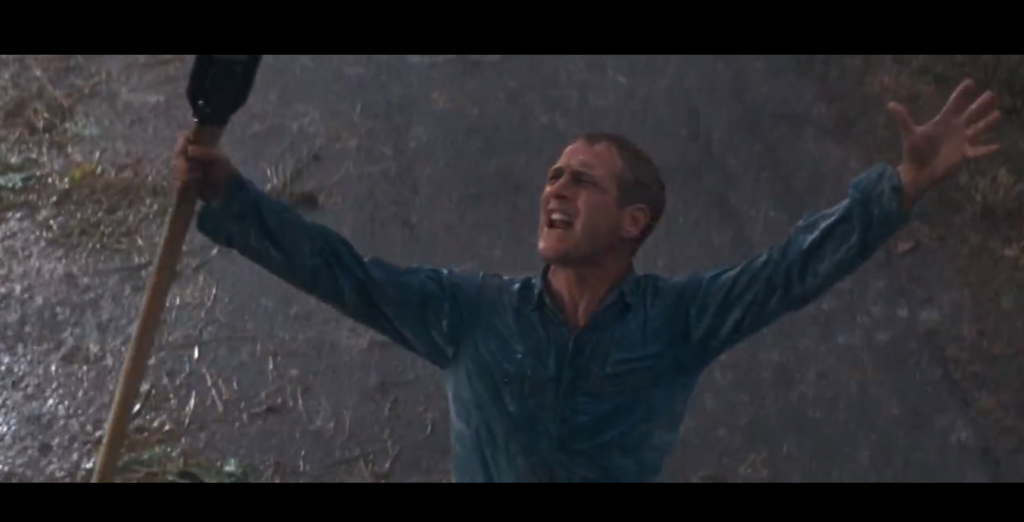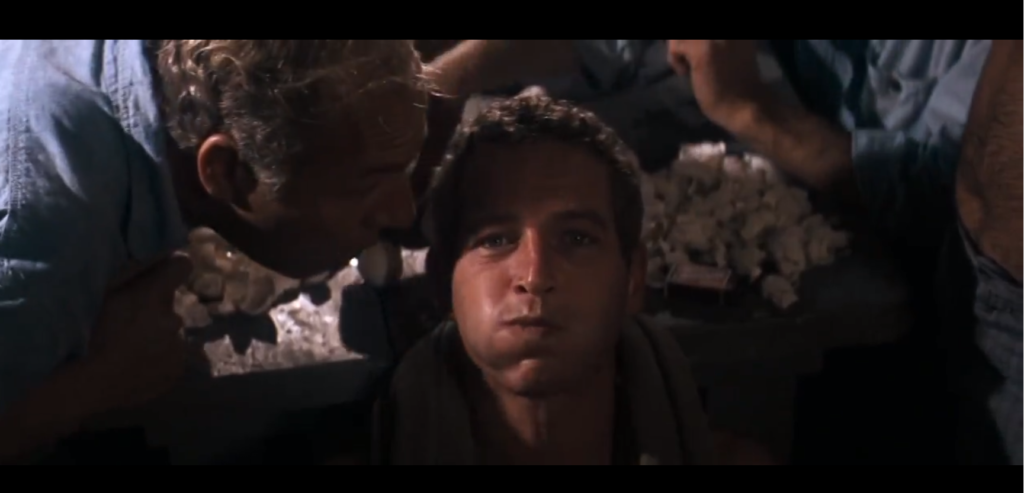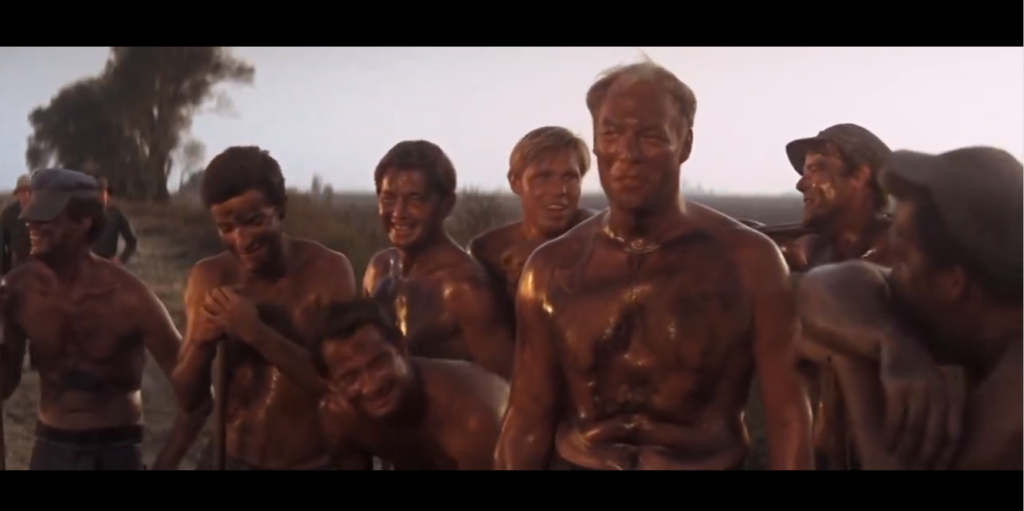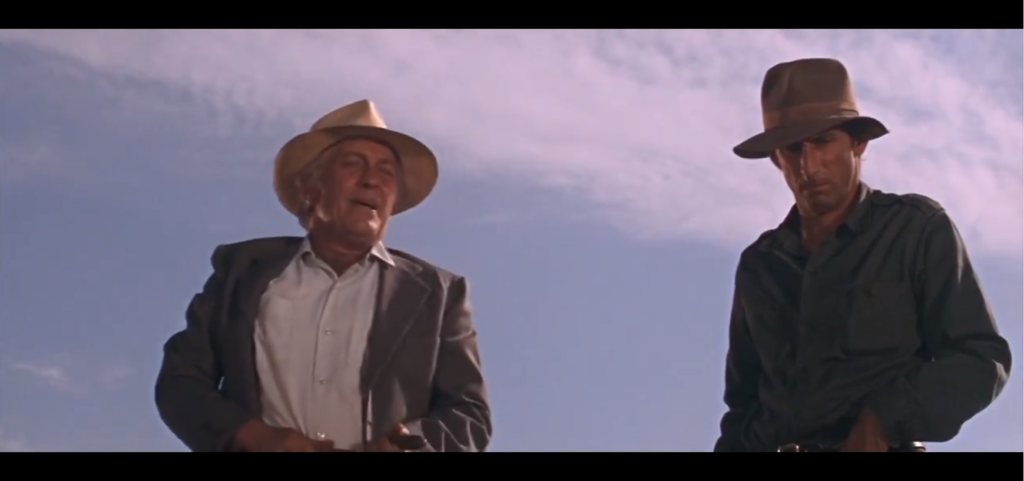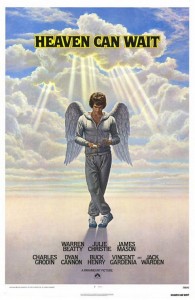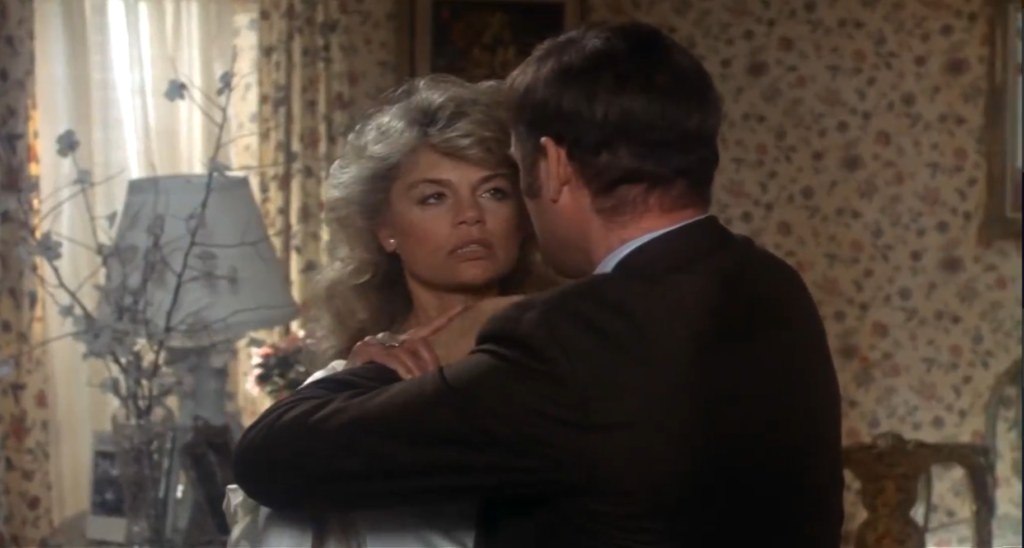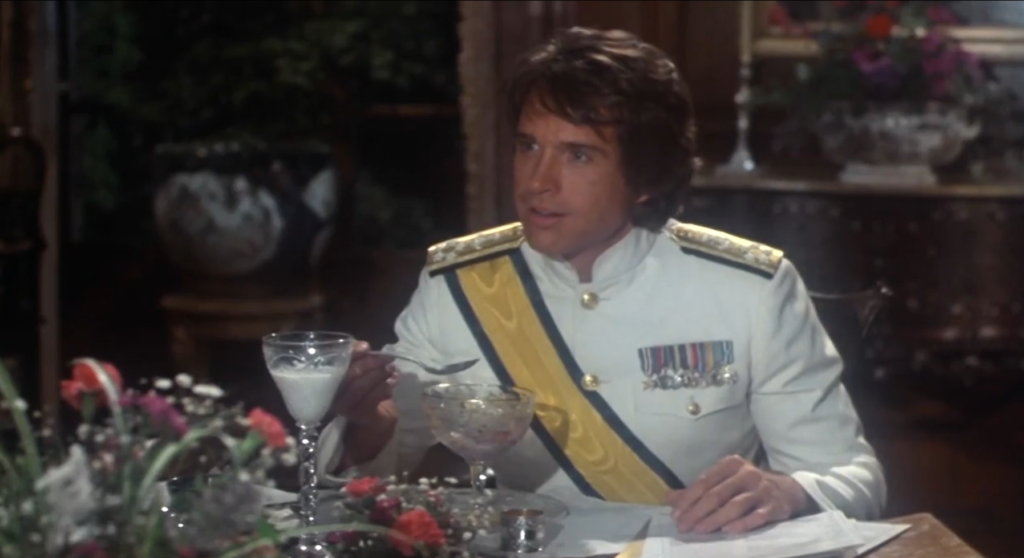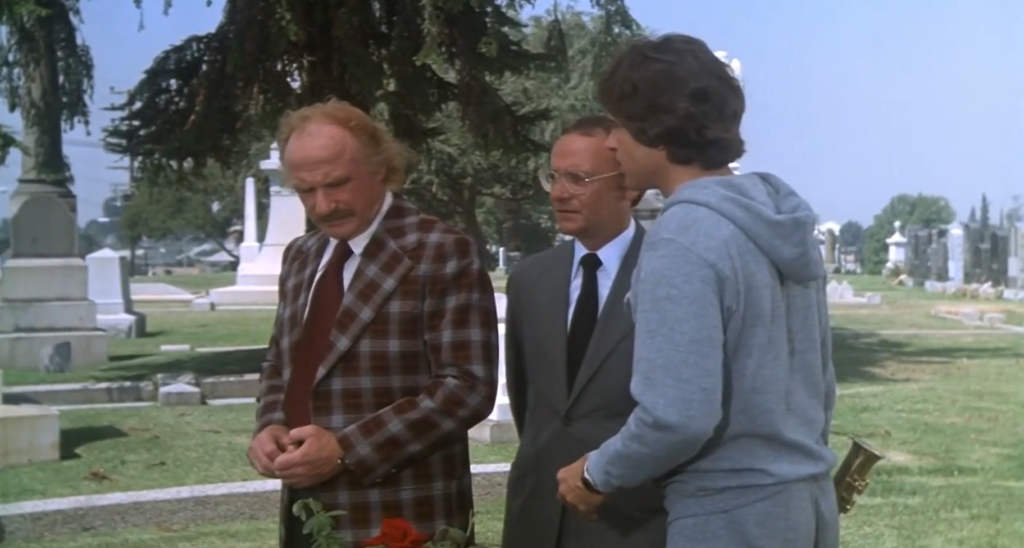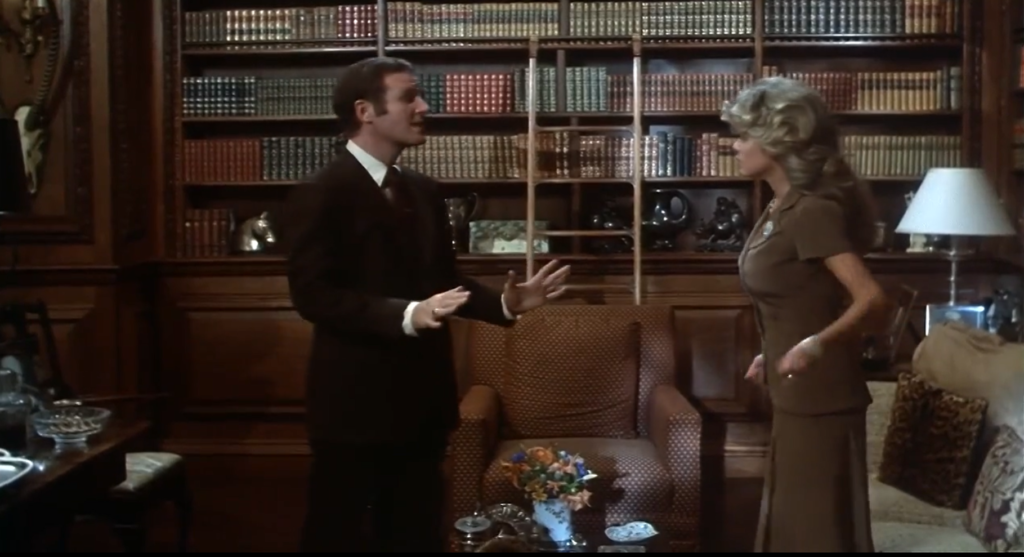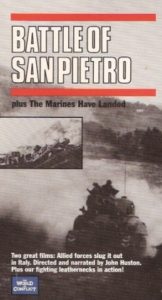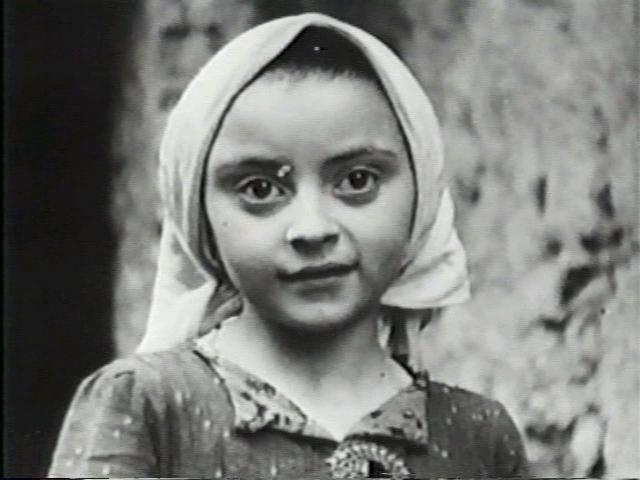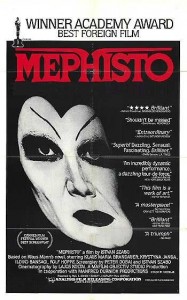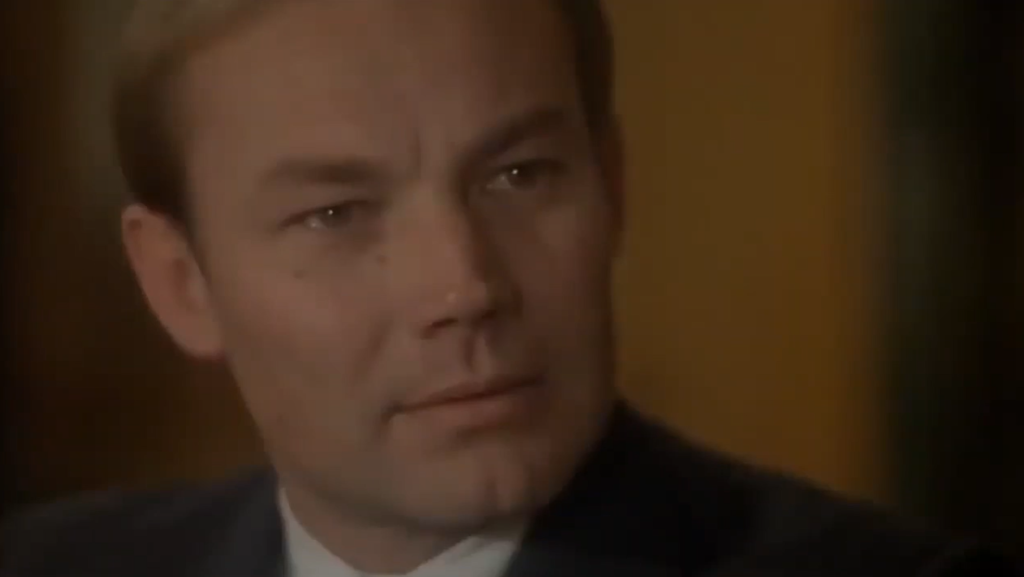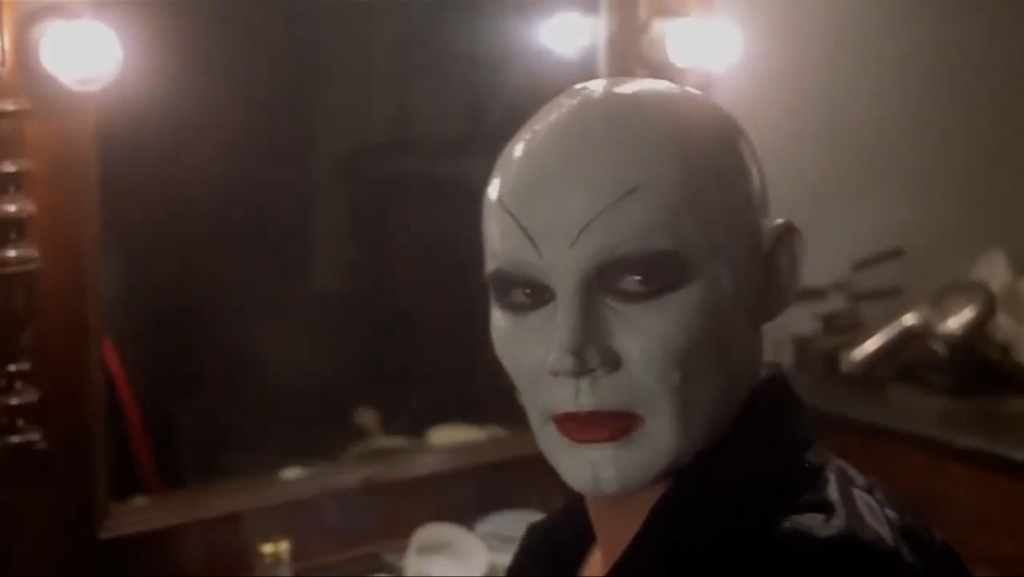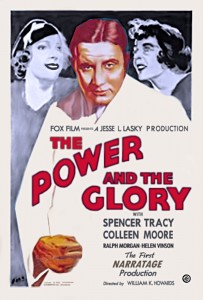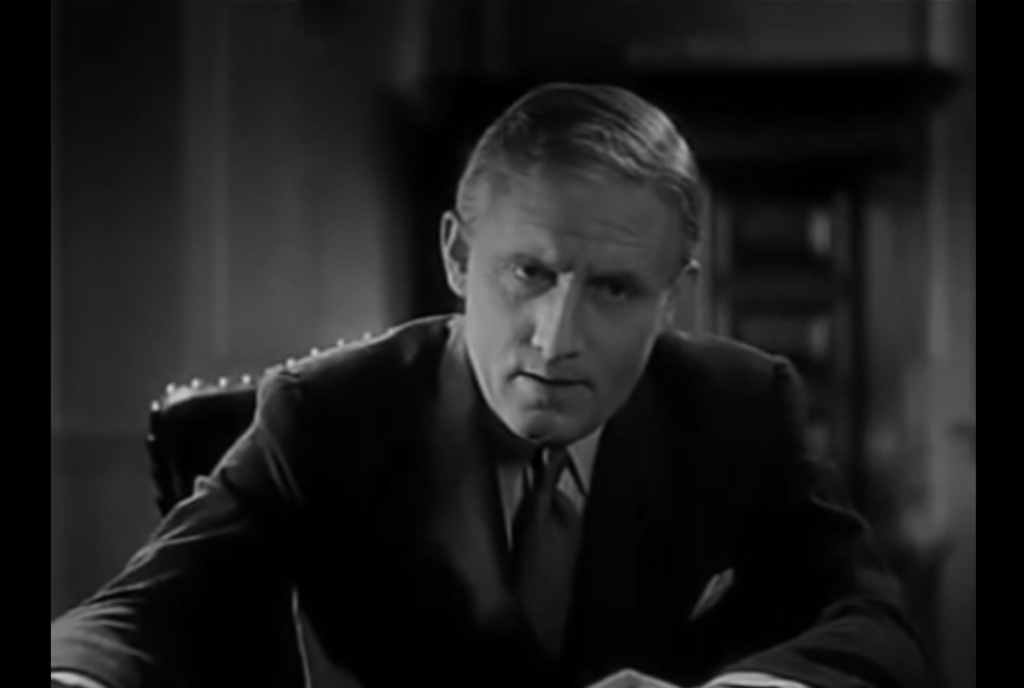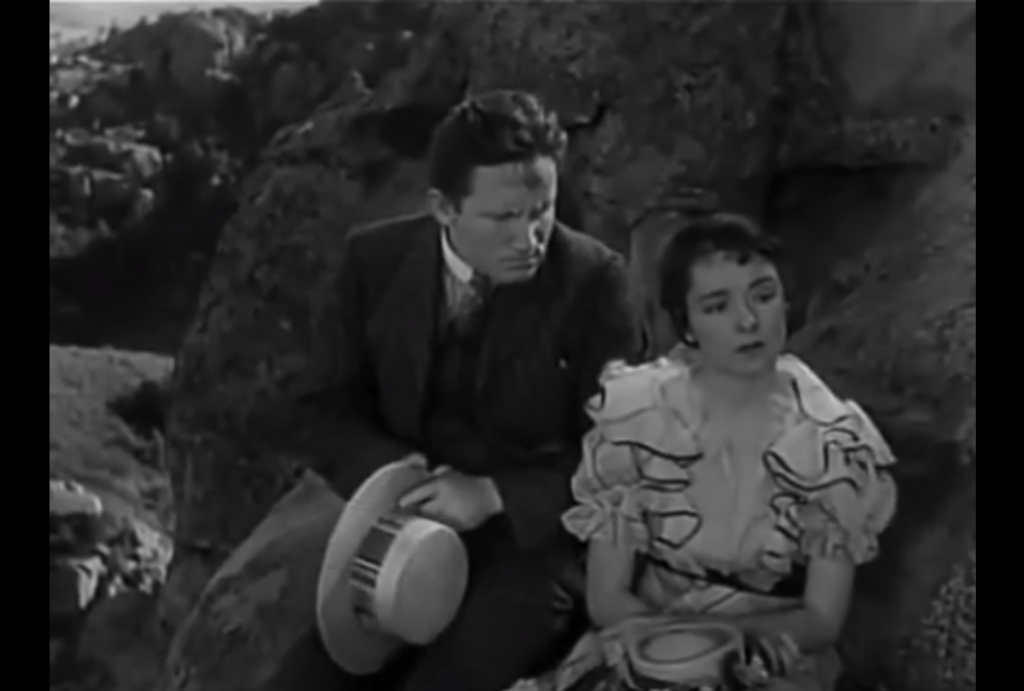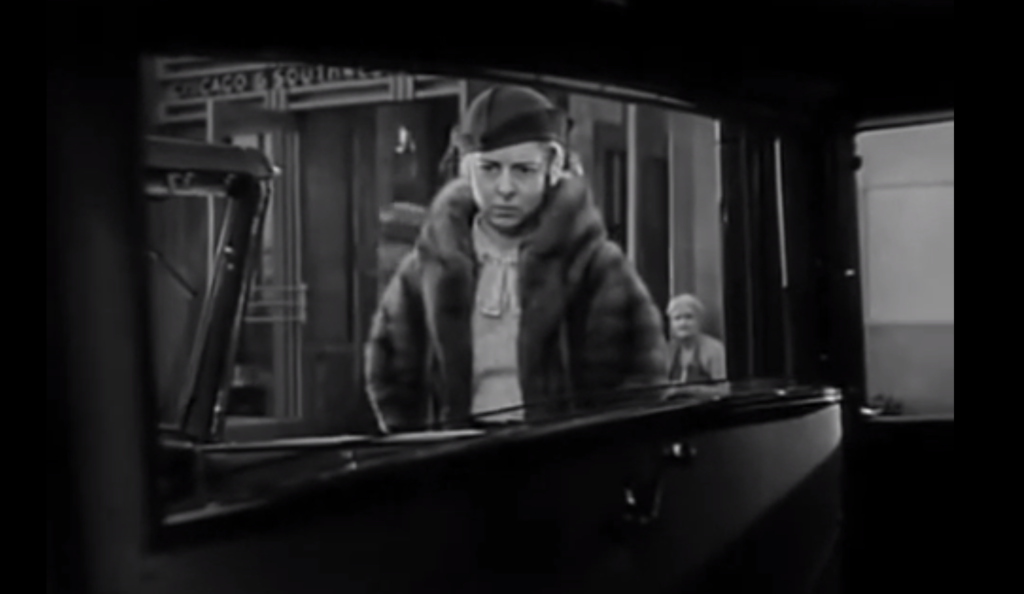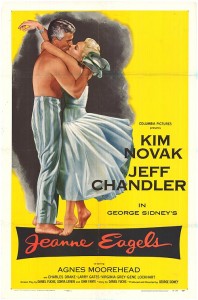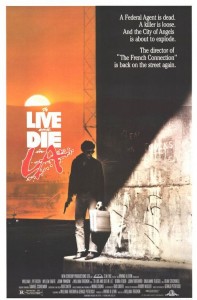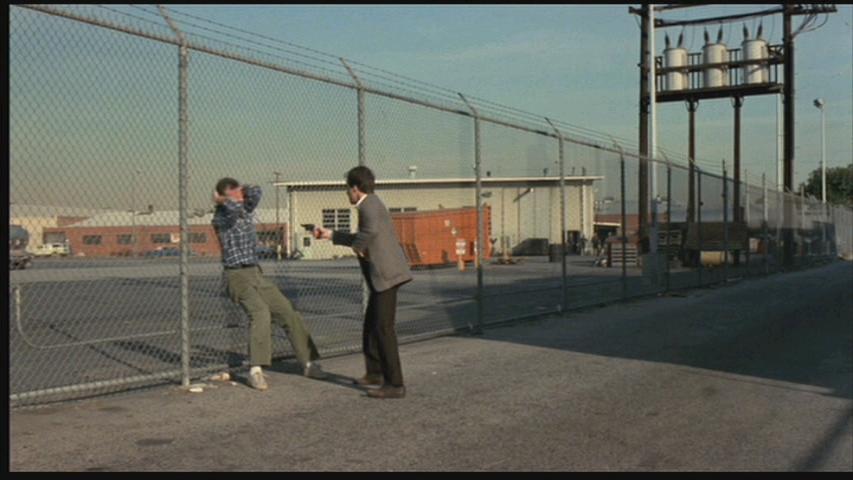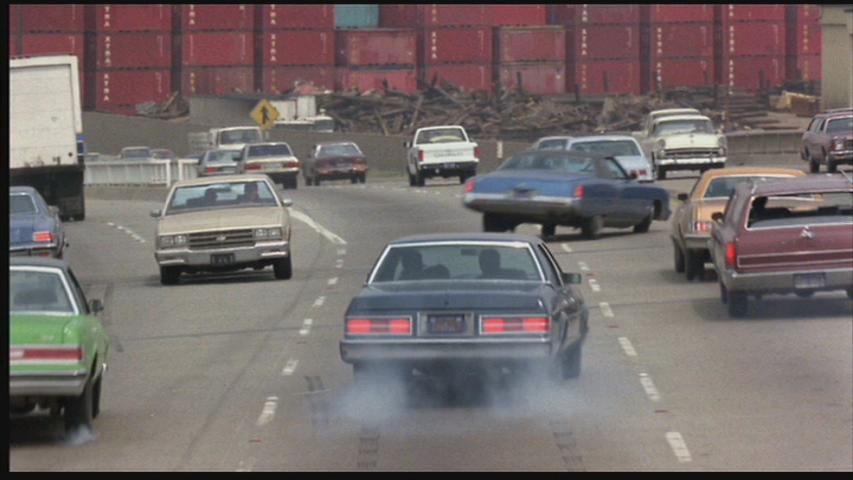|
Genres, Themes, Actors, and Directors:
- Actors and Actresses
- Agnes Moorehead Films
- Alcoholism and Drug Addiction
- Aspiring Stars
- Biopic
- George Sidney Films
- Jeff Chandler Films
- Kim Novak Films
- Rise-and-Fall
Review:
George Sidney’s fanciful biopic of stage- and silent screen-actress Jeanne Eagels (who died of a heroin overdose at the age of 39) is primarily notable as a starring vehicle for Kim Novak, a year before she was to appear in Hitchcock’s Vertigo. Beautiful Novak is less stiff than usual here, and convincingly embodies the hopeful young ingenue who will stop at nothing to “be an actress”. Jeff Chandler is passable as her lover (though his character is completely fictional):

and Agnes Moorehead makes a welcome yet all-too-brief appearance as Eagels’ acting instructor.

Unfortunately, none of the actors are helped much by the clunky script, which inexplicably veers far from the true facts of Eagels’ interesting life, instead relying on predictable and poorly conceived narrative devices. While we know that Eagels is desperate to achieve stardom, for instance, her callous betrayal of an aging actress (Virginia Grey) for a plum part in a play nonetheless seems wildly out of character for someone we’ve been rooting for since the beginning of the film:
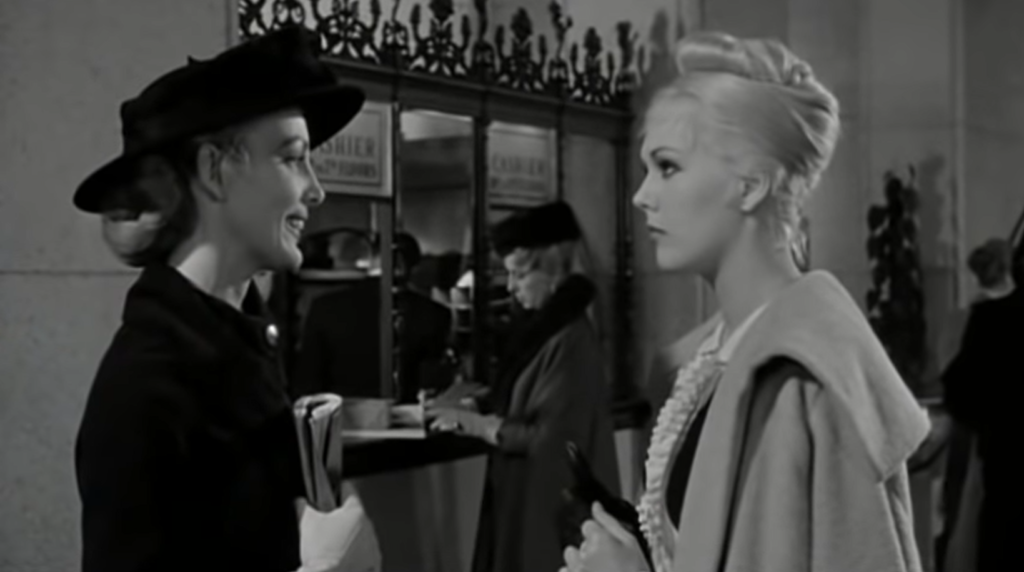
… And her sudden descent into alcohol and drug addiction comes as just of much of a surprise, since we’ve seen no hints of this before.

Fortunately, Novak’s performance keeps us watching even when the movie’s disappointing screenplay fails.
Redeeming Qualities and Moments:
- Kim Novak’s sensitive portrayal of Eagels as both a young ingenue and a tragic has-been
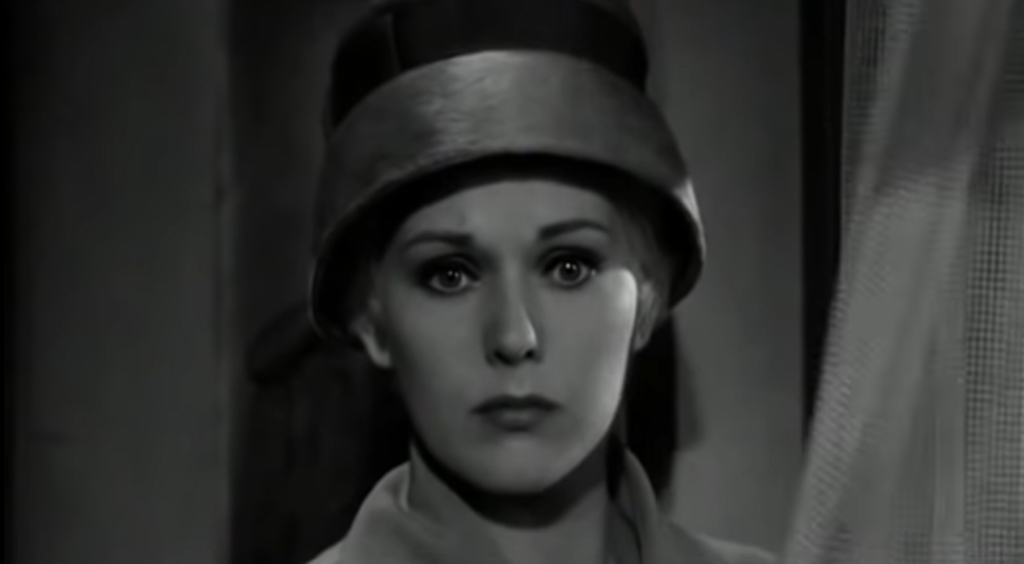
Must See?
No, though fans of Kim Novak will undoubtedly want to check it out.
Links:
|

